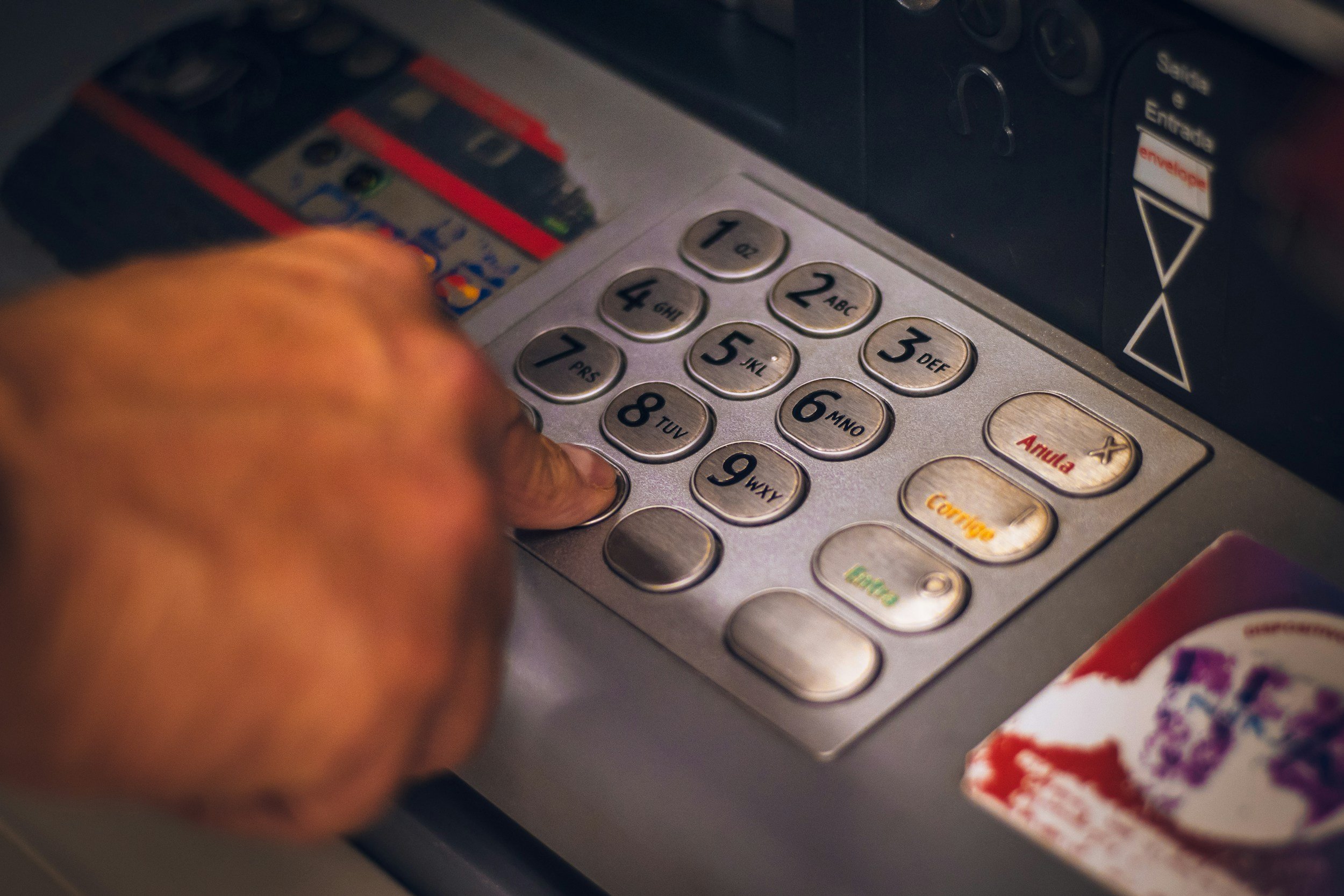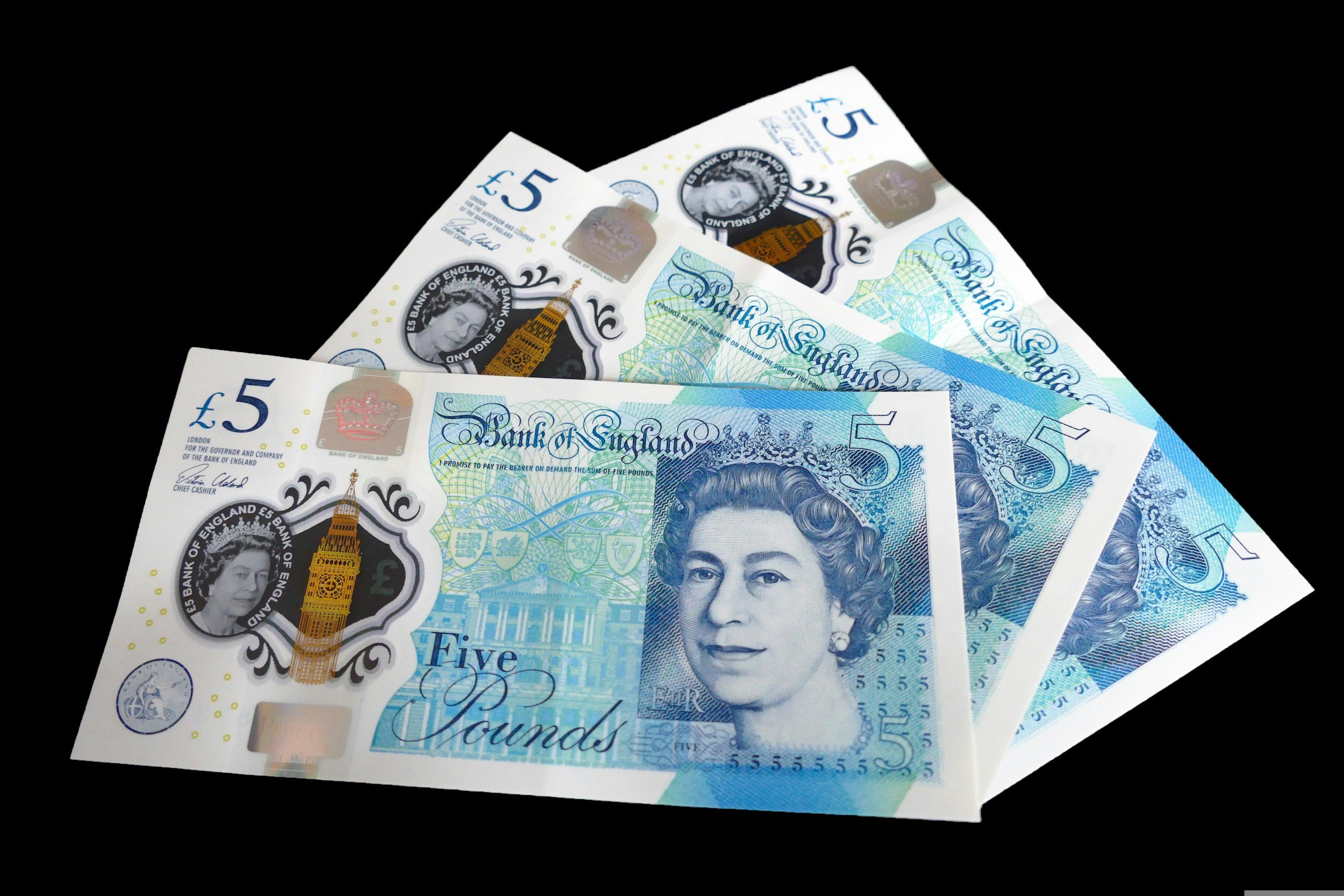The Anchoring Effect: The Mental Shortcut That Could Be Sabotaging Your Finances
Is this familiar? You walk into a store to buy a jacket. The price tag says £300, but the salesperson quickly points out it’s on sale for £150. Suddenly, £150 seems like a great deal, right? But here’s the question: Would you still think it’s a bargain if you had first seen it priced at £100 elsewhere?
This common scenario is a perfect example of the anchoring effect, a psychological bias that subtly influences how we make decisions by causing us to rely too heavily on the first piece of information—the “anchor”—we encounter. Once that anchor lodges itself in our minds, it shapes our perceptions, often more than we realize.
The anchoring effect doesn’t just happen when shopping for clothes. It’s everywhere—from negotiating a salary to estimating the cost of a home. And if left unchecked, it can lead to some pretty questionable financial decisions. But don’t worry; by understanding this mental shortcut, you can take back control and make smarter money moves.
How the Anchoring Effect Works
Here’s how it plays out in real life: When you’re presented with a number—say, the original price of that jacket or the starting bid in a negotiation—your brain grabs onto it like a lifeline. Even if the number is arbitrary or irrelevant, it becomes the frame of reference for your decision. This is especially true in situations where you’re unsure of the “right” answer.
For instance, studies have shown that people asked to estimate the value of a house give higher estimates when the listing price is set higher—even when they know very little about the actual market value. Why? The listing price acts as an anchor, pulling their judgment in its direction.
Anchors don’t have to be numbers, either. They can be any kind of information that sets the tone for a decision. Ever heard a restaurant server recommend the most expensive dish on the menu first? That’s a strategic anchor, making everything else seem more affordable by comparison.
Why It Matters for Your Finances
The anchoring effect can mess with your finances in all kinds of sneaky ways. Here are just a few examples:
Overspending on “Deals”: Retailers often use inflated “original prices” to make discounts seem more appealing. That $150 jacket? It might not actually be worth $300, but your brain is anchored to the higher number, making the sale price feel like a steal.
Getting Stuck in Unfair Negotiations: If a car dealer throws out a high starting price, it can anchor your expectations and make even a slightly lower offer seem reasonable, even if it’s still overpriced.
Underestimating Big Costs: When budgeting for a wedding, renovation, or vacation, the first few estimates you hear can anchor your expectations. You might end up overspending because your “mental benchmark” was set too high from the start.
Falling for “Easy” Monthly Payments: Advertisers often highlight low monthly payments rather than the total cost of a purchase, anchoring you to the smaller number and downplaying how much you’ll spend in the long run.
How to Outsmart the Anchoring Effect
So, how can you stop anchoring from steering you wrong? Here are some practical tips:
1. Do Your Homework
Before making a financial decision, arm yourself with independent information. Research market prices, compare multiple options, and set your own benchmarks. If you know what a jacket, car, or home should reasonably cost, you’re less likely to fall for an inflated anchor.
2. Delay Your Decision
Anchors are most powerful in the heat of the moment. If you feel pressured to act quickly—whether by a salesperson or a ticking countdown timer on a website—take a step back. Give yourself time to think or gather more information before committing.
3. Reframe the Anchor
Challenge the anchor by putting it in context. Ask yourself: Is this really a good deal, or does it just feel like one because of the starting number? Try flipping the script. For example, instead of focusing on how much you’re saving in a sale, think about whether you’d pay that price if it weren’t discounted.
4. Focus on the Total Cost
When making big purchases, don’t let low monthly payments or short-term savings anchor you. Always calculate the total cost over time. A $25 monthly payment might not seem like much, but if it lasts five years with interest, you could end up paying far more than you intended.
5. Set Your Own Anchor
Flip the script by creating your own mental anchors. For instance, before shopping, decide in advance how much you’re willing to spend. If you’ve anchored yourself to your own limit, it’ll be easier to resist external pressures.
Simply Put
The anchoring effect isn’t all bad. In fact, you can use it to your advantage. For example, when negotiating your salary, start with a high but reasonable number to set the tone. Or, when budgeting, anchor yourself to a conservative spending limit to curb overspending.
By being aware of the anchoring effect and taking simple steps to counteract it, you can make more rational financial decisions. The key is to pause, evaluate the anchor critically, and remind yourself that the first number you see is just that—a number, not a command. Armed with this knowledge, you’re one step closer to mastering your money mindset.





























